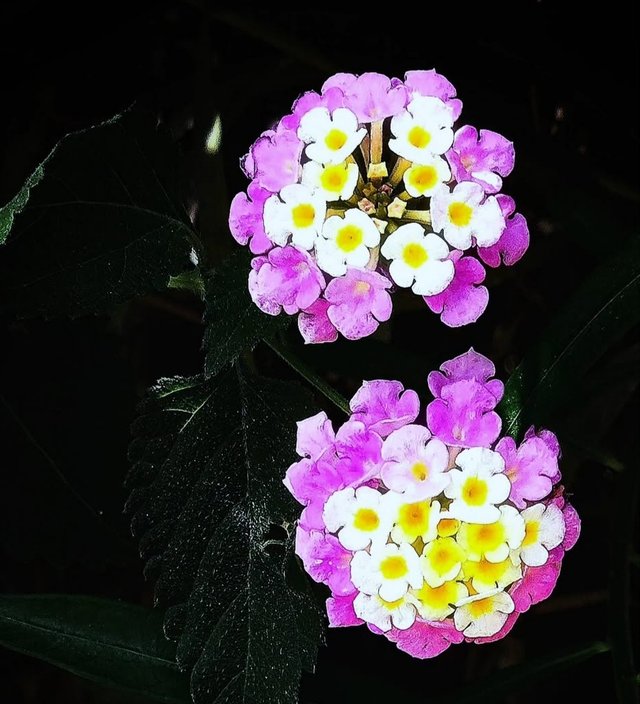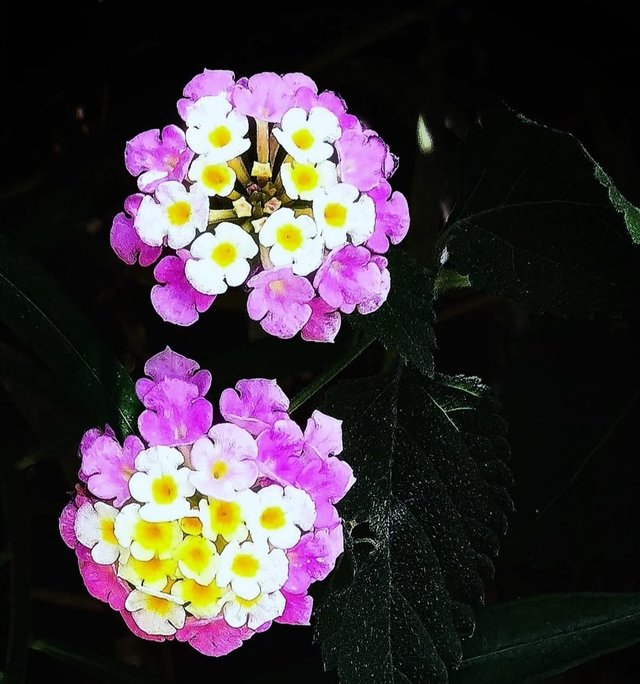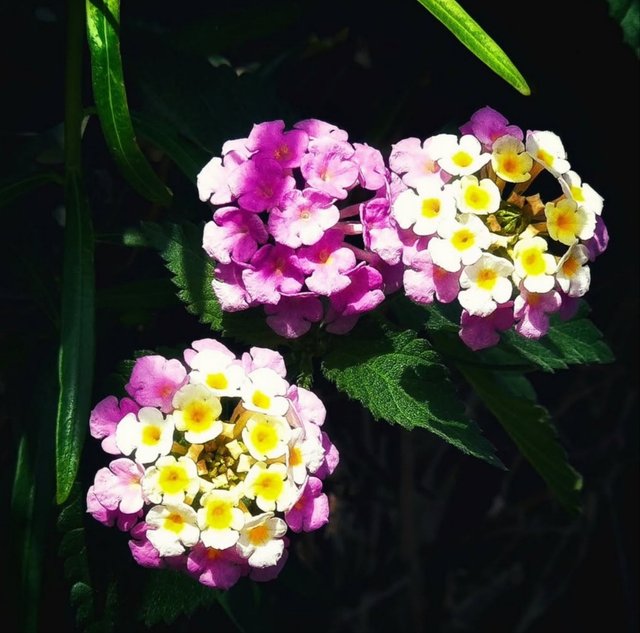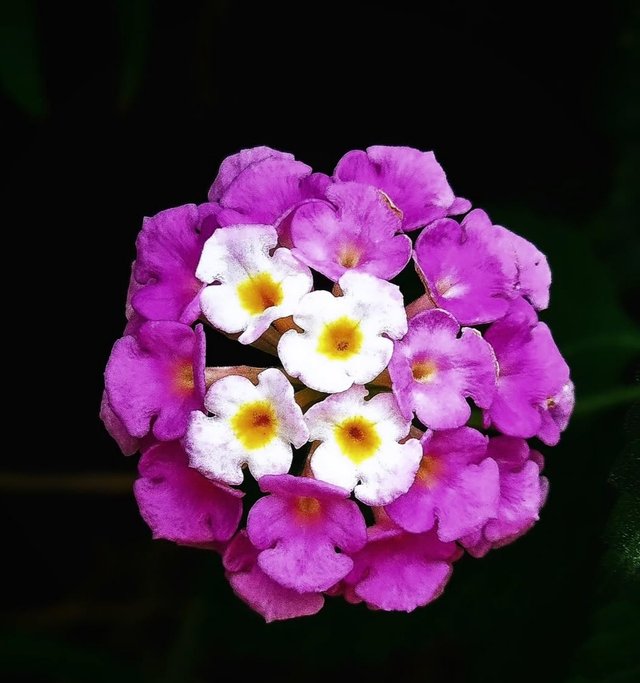Wonderful Trailing Lantana Flower
Trailing Lantana: A Colorful, Low-Maintenance Groundcover for Vibrant Gardens
Trailing lantana, also known as weeping lantana or creeping lantana, is a versatile and hardy flowering plant that has earned a place in many home gardens and landscapes around the world. Loved for its abundant clusters of tiny, vibrant flowers and its ability to thrive in challenging conditions, this species is a favorite among gardeners looking for beauty, resilience, and minimal upkeep.
Botanical Background and Origins
Trailing lantana is a member of the verbena family and is native to South America, particularly Uruguay and southern Brazil. Over time, its popularity as an ornamental plant has led to its widespread cultivation in warm and tropical climates across the globe. Unlike the more upright varieties of lantana, Lantana montevidensis features long, cascading stems, making it ideal for hanging baskets, groundcover, and erosion control on slopes.
Distinctive Appearance
This plant is prized for its spreading growth habit and profusion of colorful blooms. Key identifying features include:
Flowers: Small, tubular, and clustered into rounded heads, typically in shades of lavender, purple, or occasionally white or yellow. The flowers attract butterflies, bees, and other pollinators.
Foliage: Small, rough-textured, dark green leaves with a slightly aromatic scent when crushed.
Growth Habit: It grows low to the ground, forming dense mats or trailing gracefully over the sides of containers and retaining walls. Mature plants can spread up to 3–6 feet across, with stems that can trail or cascade several feet.
Growing Conditions
One of the reasons trailing lantana is so beloved is its ability to adapt and thrive under tough conditions:
Light: Prefers full sun for maximum flowering but can tolerate partial shade.
Soil: Adapts to a wide range of soils, provided they are well-draining. Sandy or loamy soils are ideal.
Watering: Drought-tolerant once established, making it perfect for xeriscaping. Water moderately until well-rooted, then reduce frequency.
Temperature: Thrives in warm climates and is hardy in USDA zones 8–11. In cooler regions, it can be grown as an annual or overwintered indoors.
Care and Maintenance
Trailing lantana is remarkably low-maintenance:
Pruning: Regular light pruning or pinching helps maintain a tidy appearance and encourages new growth. Severe pruning in late winter or early spring can rejuvenate older plants.
Fertilization: Apply a balanced, slow-release fertilizer in spring for vigorous blooming. Over-fertilizing may reduce flower production.
Pest and Disease Resistance: Generally pest-resistant, though occasional aphids or whiteflies may appear. Its natural resilience makes it an excellent choice for organic gardens.




